From Ai Weiwei’s Lego and Simone Leigh’s ‘Sovereignty’ sculptures to Gwangju Biennale, our editors on the exhibitions around the world to catch this month
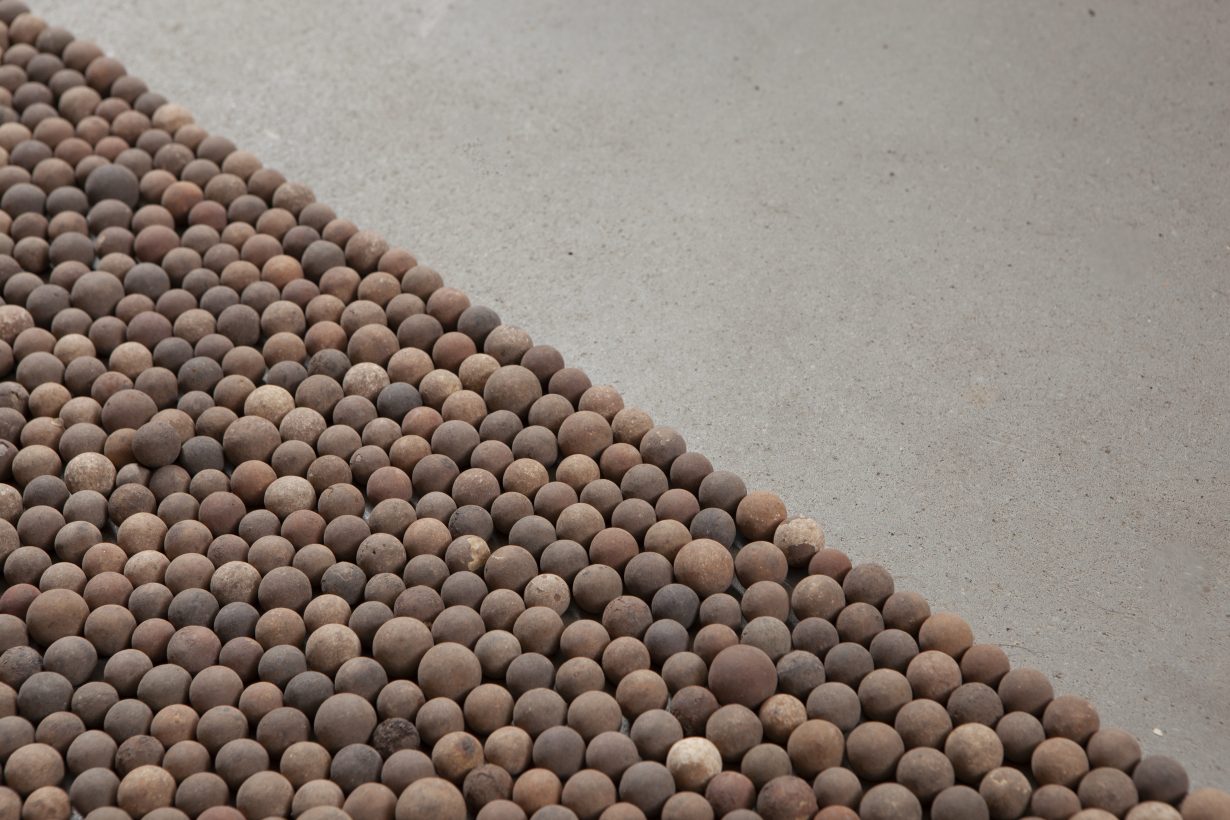
Ai Weiwei:
Making Sense
Design Museum, London,
7 April – 30 July
Touted as Ai Weiwei’s first exhibition focusing on design,
Making Sense
features a number of works that address the artist’s interdisciplinary art activism, including
Han Dynasty Urn with Coca-Cola Logo
(2014) and
Coloured House
(2013). Notably, however, the exhibition also features five ‘major’ site-specific works that are either brand new or have never before been exhibited in the UK. Weiwei has been collecting many of these objects since the 1990s as part of his focus on craftsmanship.
Still Life
(1993–2000) lays flat 1,600 tools that date to the Stone Age;
Left Right Studio Material
(2018) is the remains of Weiwei’s Beijing studio, demolished in 2018;
Spouts
(2015) displays hundreds of thousands of teapot spouts dating back to the Song dynasty (960–1279 CE);
Untitled (Porcelain Balls)
(2022) includes about a hundred thousand cannonballs made during the same historical period; and
Untitled (Lego Incident)
(2014) comprises Legos donated to the artist by the public after the company stopped selling products to him.
Marv Recinto
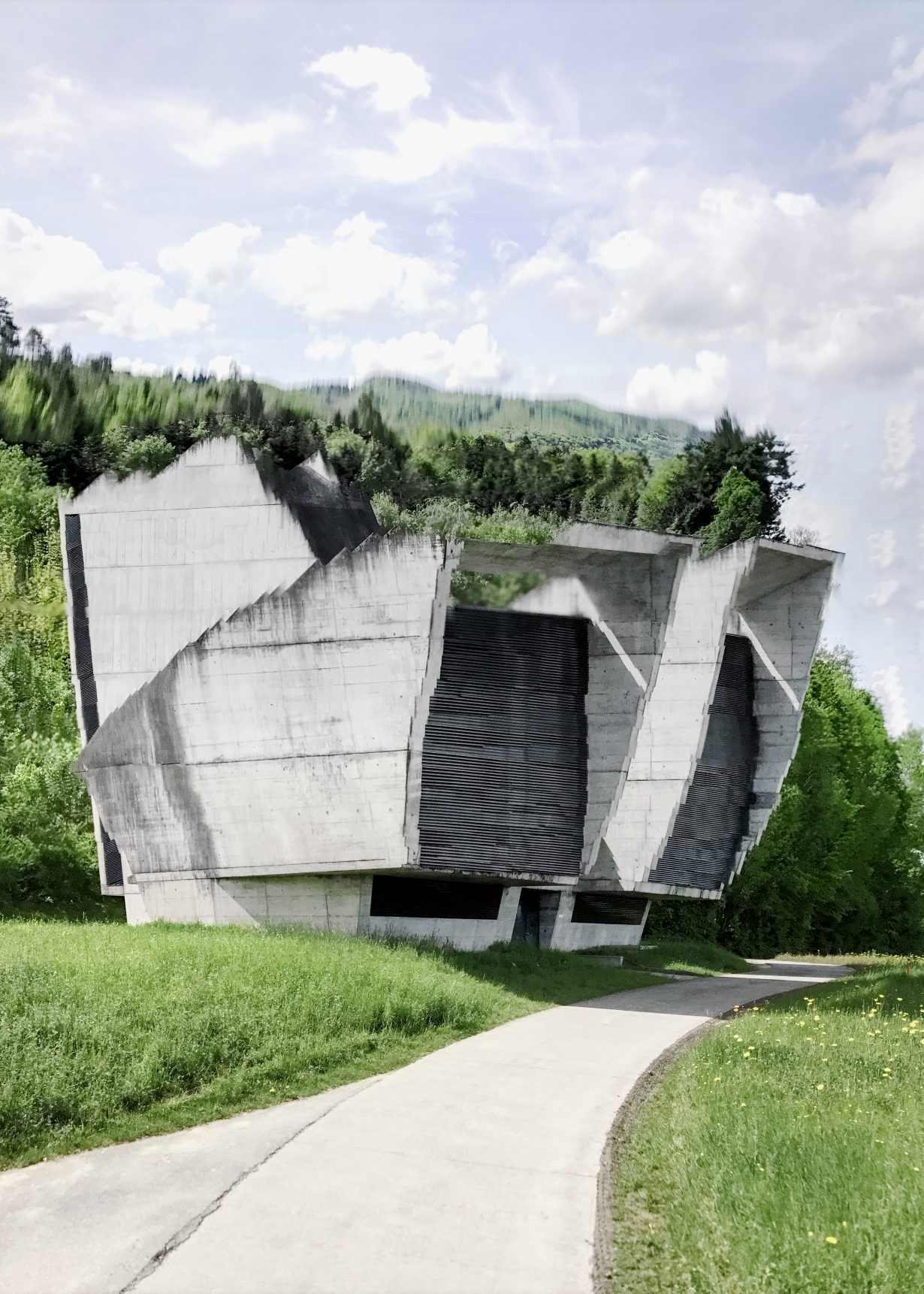
14th Gwangju Biennale:
soft and weak like water
Various locations, Gwangju,
7 April – 9 July
I’ve never heard anyone talk about a teapot as compellingly as Bruce Lee in his 1971 interview with Pierre Berton. The way his tone of voice magnifies the importance of the vessel, his sharply raised eyebrow, the way he leans back, assured, relaxed… it almost makes you forget all about the water bit. Anyway, the point is that Bruce Lee’s philosophical gem, which is often quoted during trying times (say, when an authoritarian regime is on the make), actually comes from Lao Tzu’s book Tao Te Ching, where he writes: ‘there is nothing softer and weaker than water, and yet there is nothing better for attacking hard and strong things’. And that’s the curatorial thinking behind this year’s Gwangju Biennale (titled
soft and weak like water)
, which wants to ‘imagine our shared planet as a site of resistance, coexistence, solidarity and care’ – using water as a metaphor to look at how art is an ‘undercurrent’ force in our everyday lives (and also during real-world crises, apparently). Perhaps, though, the real wisdom is in choosing a theme that is so fluid you can fit 79 artists from around the world (who will present their works, including over 40 new and commissioned projects, across five locations in Gwangju) into the same teapot.
Fi Churchman

Indigo Waves and Other Stories: Re-Navigating the Afrasian Sea and Notions of Diaspora
Gropius Bau, Berlin,
6 April – 13 August
Paths to understanding the social, cultural and political dynamics of regions and nations have often been found in the bodies of water that stand between them. As we approach the 30th anniversary of Paul Gilroy’s seminal
The Black Atlantic
(1993), these modes of analysis abound today: the forthcoming
These Bodies of Water
by Sabrina Mahfouz;
After the Mediterranean
, an exhibition at Hauser & Wirth Menorca curated by Oriol Fontdevila; and now
Indigo Waves and Other Stories
at Berlin’s Gropius Bau, are but three notable examples. Co-curators Natasha Ginwala, Bonaventure Soh Bejeng Ndikung and Michelangelo Corsaro seek to elucidate the stories and experiences of the Asian and African regions that surround the Indian Ocean, described as ‘a communal horizon that reveals shades of cultural, linguistic, political and historical passage from ancient times to the present’. The exhibition’s first iteration, at Zeitz MOCAA last year, boasted Madagascan artist Malala Andrialavidrazana’s ongoing
FIGURES
series, of collaged historical atlases, album covers, bank notes; Cinga Samson’s at once ethereal and antagonistic paintings; Ayesha Hameed’s uncanny earth-spills across the gallery floor; and Sohrab Hura’s sensual, poetic film
The Coast
(2020). In Berlin, the curators promise to adapt the story to its landlocked, ‘pluriversal’ city.
Alexander Leissle
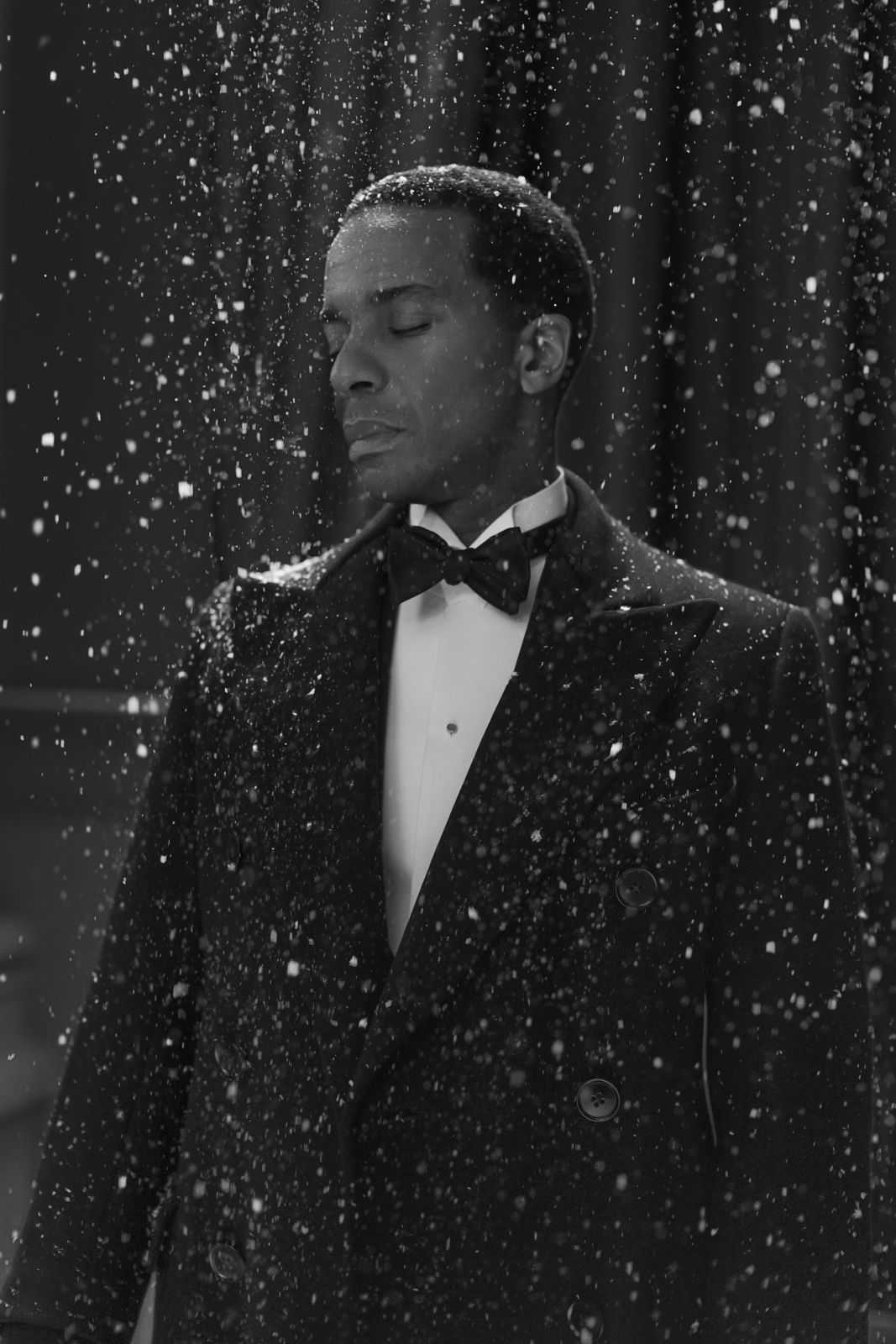
Isaac Julien:
What Freedom Is To Me
Tate Britain, London,
26 April – 20 August
Filmmaker and artist Isaac Julien is presenting his first UK survey at Tate Britain that will span more than four decades of his career. The exhibition begins with Julien’s early films made during the 1980s as part of Sankofa Film and Video Collective, which he cofounded with a group of London art students during a period of racial and economic social unrest in Britain (his 1983 directorial debut
Who Killed Colin Roach
reflects on the circumstances in which the death of a young Black man occurred at the premises of a police station) and follows his work through its development towards recent largescale video art installations such as
Lessons of the Hour
(2019). Arranged over 10 variously-sized screens and focusing on the life of African American abolitionist, writer and freed-slave William Douglass – via his influential speeches including ‘What to the Slave Is the 4th of July?’ (1852), ‘Lecture on Pictures’ (1861) and ‘Lessons of the Hour’ (1894). This video installation is a reflection of Julien’s longstanding investment and engagement with social activism and the politics of image-making, one that ties back to a black-and-white photography series of the same title made by the filmmaker in 1983. Julien’s latest film,
Once Again… (Statues Never Die)
(2022), examines the relationship between US collector Albert C. Barnes and cultural critic and ‘Father of the Harlem Renaissance’ Alain Locke. This exhibition will be its first premiere in Europe. Not to be missed.
Fi Churchman
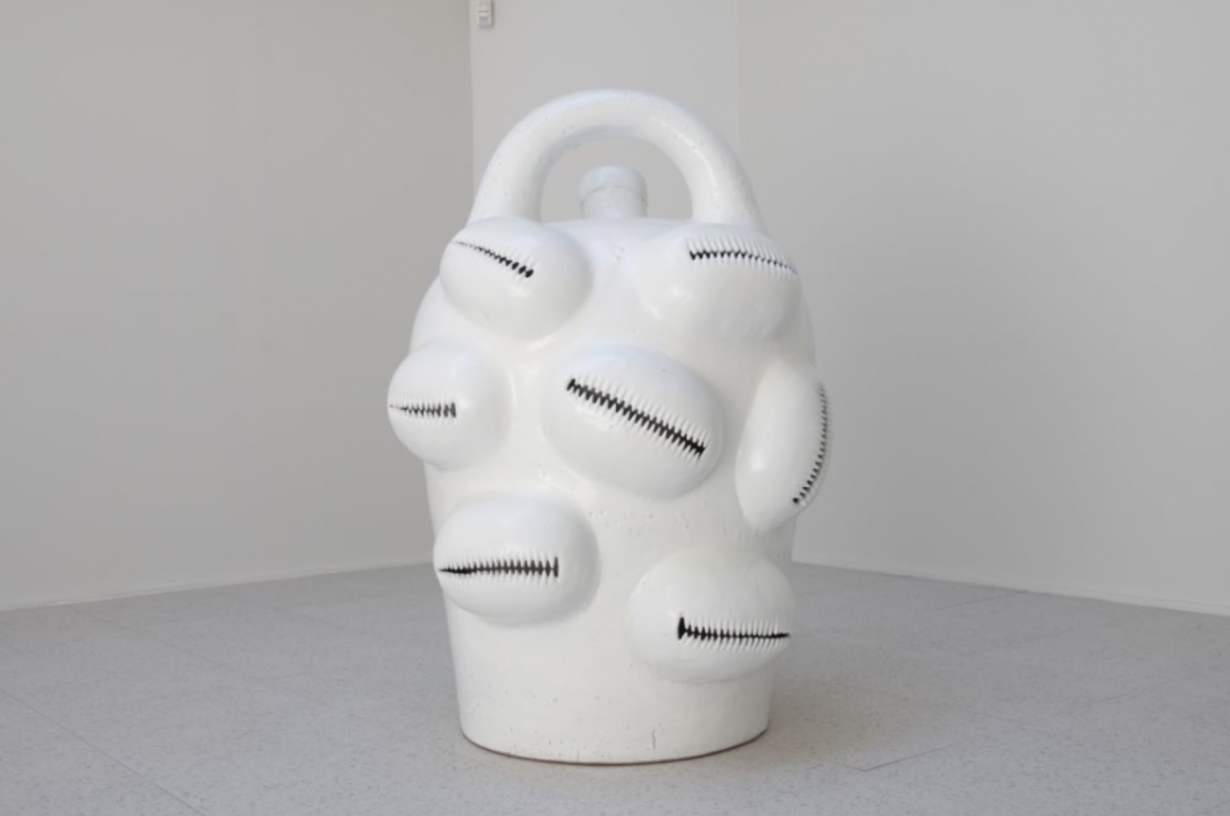
Simone Leigh
ICA Boston,
6 April – 4 September
Leigh’s work presided over last year’s Venice Biennale, both physically – with her large scale woman-hybrid bronze sculptures setting the tone in both the Arsenale exhibition and her thatched-roof remake of the US pavilion ‘Sovereignty’ – and conceptually, sharing a historic Golden Lion award with Sonia Boyce. This show at ICA Boston is the first chance to see this body of work from Venice in the US, drawing from Sovereignty’s bronze figures and clay chimera alongside previous works from throughout her career. While one strand of her work has surfaced recently of a more direct portraiture – using the gestures of craft to place quieter moments of reflection and subsistence in the realm of monumental public art – this show is sure to include her more surreal and historically loaded sculptures, where the Black female body melds and adapts with clay pots, cowrie shells and architectural forms. This exhibition is the first iteration of a tour, on to the Hirschorn Museum in Washington DC and then to LACMA and the California African American Museum over the next two years.
Chris Fite-Wassilak

Evandro Teixeira:
Chile 1973
IMS Paulista, São Paulo,
through 31 July
Earlier this year a group of scientists established the presence of bacteria
Clostridium botulinum
, a poison, in the exhumed remains of Paulo Neruda. They couldn’t incontrovertibly confirm the left-wing Chilean poet and politician was murdered, but it strongly supports long-held suspicions that his hospital death in the aftermath of General Pinochet’s US-backed military coup was not natural. A few days after the poet’s demise, Evandro Teixeira took a picture of Neruda’s widow bending over her husband’s coffin. It is not necessarily the finest composition – it was taken hastily, with her permission, but without that of the newly installed regime whose security apparatus circled the medical unit – but it’s perhaps one of the most poignant and timely in IMS’s new survey of the Brazilian photojournalist. Matilde Urrutia bends down, her arm outstretched in grief, knowing her life and the country had irrevocably changed. Equally chilling is Teixeira’s photograph of a young man, handsome and fashionable, surrounded by soldiers at the Estádio Nacional, the sports stadium in Santiago that was the site of the thousands of political detentions and assassinations. The photographer’s assignments in Chile were for
Jornal do Brasil
, and more images document his own country’s slide into autocracy, as well as moments of resistance, not least his now iconic pictures of the 1968 March of the One Hundred Thousand.
Oliver Basciano
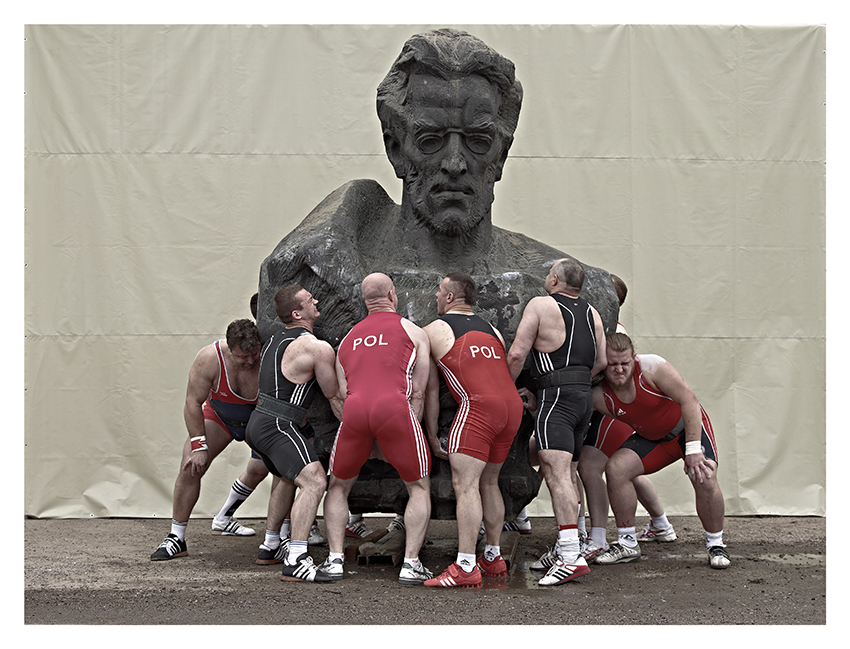
WORLD CLASSROOM: Contemporary Art Through School Subjects
Mori Art Museum, Tokyo,
19 April – 24 September
To mark its 20th anniversary, the Mori Art Museum is approaching art through the lens of the classroom. Through the work of 50 artists – including Ai Weiwei, Aoyama Satoru, Shilpa Gupta, Jakarta Wasted Artists, Lee Ufan and Tsai Charwei –
WORLD CLASSROOM
navigates a classic school curriculum. ‘Language and Literature’ features Joseph Kosuth’s conceptual language-plays, while Miyagi Futoshi explores the complexities of identity in language; the largest section, ‘Social Studies’, confronts globalisation and geopolitical (eco-)histories through the works of Yasumasa Morimura, Dinh Q. Lê and Gu Minja; ‘Philosophy’ considers aesthetic and ontological queries via Tatsuo Miyajima and Lee Ufan; ‘Mathmatics’ looks at the topic’s relationship to art through, for example Aki Sasamoto’s mathematical installations; ‘Science’ explores the natural world through works of Aiko Miyanaga and Peter Fischli & David Weiss, reminding us that artists were ‘some of the first to sound warnings about the climate crisis’; ‘Music’ looks at its role conceptually and socially through the works of Manon de Boer and Aziz Hazara; ‘Phys. Ed.’ largely presents performance art such as that of Klara Lidén or Christian Jankowski; lastly ‘Transdisciplinary’ acknowledges arts interdisciplinary tendencies.
Marv Recinto
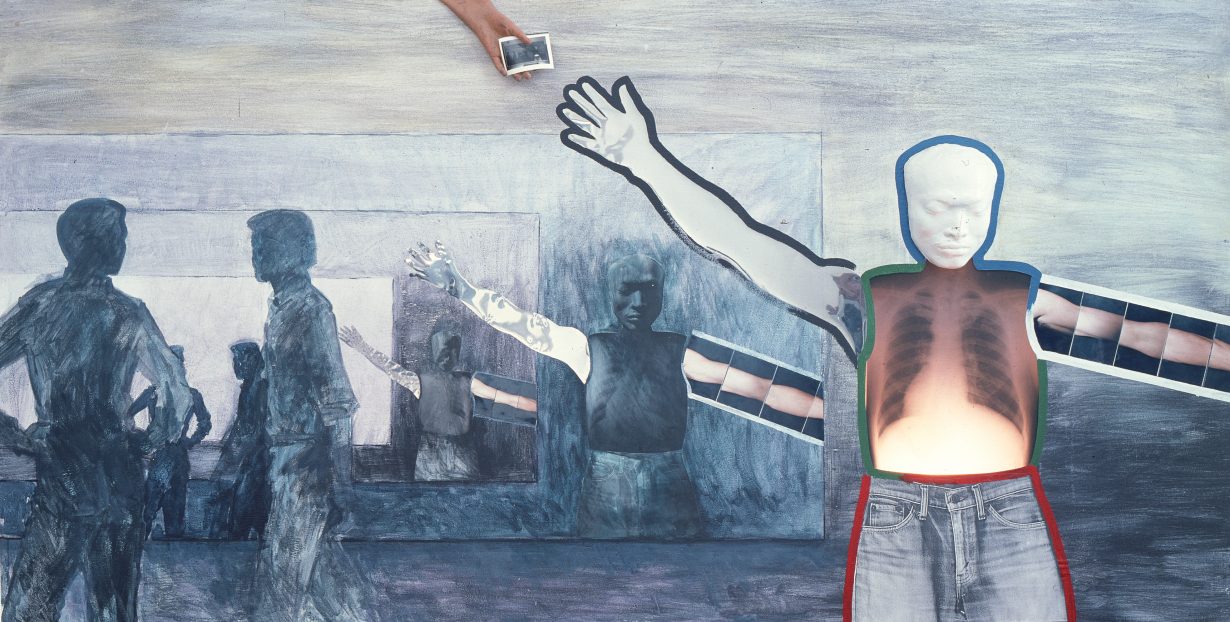
Kao Chung-Li
Taipei Fine Arts, Taiwan,
through 25 June
Kao Chung-Li’s new solo exhibition surveys the Taiwan artist’s four-decade career, from his early mixed-media paintings to kinetic installations produced this year. The exhibition’s Chinese title ‘life determines consciousness’ recalls Karl Marx’s famous precept – and the works on view show a persistent fascination with different artistic ‘means of production’ and how the politics of audio-visual technologies have framed the contemporary discussion. Among the works on view,
Belated Punctum: La Jetée II
(2015) utilises still archival images to investigate the unfolding of time and the construction of memories, paying tribute to French filmmaker Chris Marker’s 1962
La Jetée
; while
Cinemas in Suitcases Series
(2006-2015) and
Coin-operated Binocular Machine View-Master
(2023) play on illusory devices ranging from the nineteenth-century phenakistoscopes to a peep-show-like street arcade machine. If Kao’s practice resembles that of a media archaeologist, the exhibition itself also – somewhat reflexively – traces the methods of analogue and digital viewing.
Yuwen Jiang

Pacita Abad
Walker Art Center, Minneapolis,
15 April – 3 September
Pacita Abad is increasingly being recognised as among the trailblazers of diasporic Philippine artists in the late twentieth century. Abad is often thought of as Philippine-American (having lived in the US on and off between 1970 and 1994, and whose husband was American, making her a US citizen), but her residencies in numerous countries (such as Bangladesh, Kenya and Dominican Republic) and nonstop travel for her husband’s economic work made her particularly empathetic to the cultural and political effects of globalisation on society. Her practice became an amalgamation of the diverse cultures she worked and found herself in by introducing local art techniques such as Indonesian batik or Korean ink brush painting. This first-ever retrospective, then, brings together the breadth of Abad’s work, from her traditional paintings to her hybrid trapunto works of quilted stuffed canvases. Through these works, Abad articulated her own ‘special obligation to remind society of its social responsibility’.
Marv Recinto
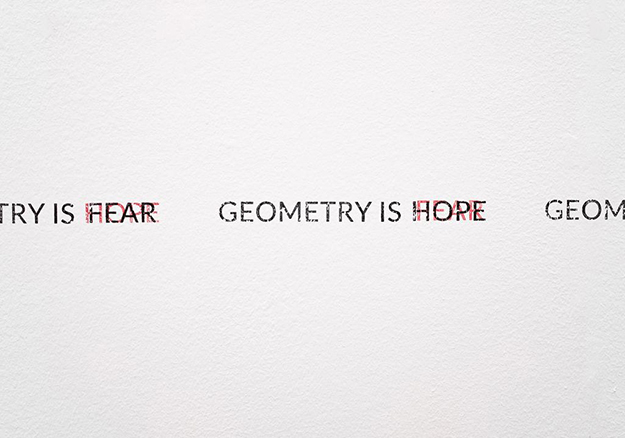
Runo Lagomarsino:
we are here because you were there
Base / Progetti per l’arte, Florence,
through 15 April
Relax: it’s not too late to catch Runo Lagomarsino’s new show in Florence. The Swedish-Brazillian artist has often in his work mined the experiential interaction between political urgency and emotional yearning, engendered by the certain intermediacy or placelessness of migration, cross-border memory and colonial heritage. Here – in a show which shares a title with Ian Sanjay Patel’s recent book tracing the origins of the UK Government’s ‘hostile environment’ policy – Lagomarsino has installed a large photo-collage on fabric (made from a reproduction of Giuseppe Pellizza da Volpedo’s
Il Quarto Stato
, 1902), a series of hand-blown glass capsules, and repetitions of stamp-printed text (‘Geometry is Hope/Fear’, layering words à la Bruce Nauman’s
Vices and Virtues
panels
). History, he varyingly suggests in each, is a lattice of outlines we might use as pathways to the present; or a search for the tangible amid its dizzying expanse; or an array of words, images and stories competing for our just attention. Take your pick.
Alexander Leissle




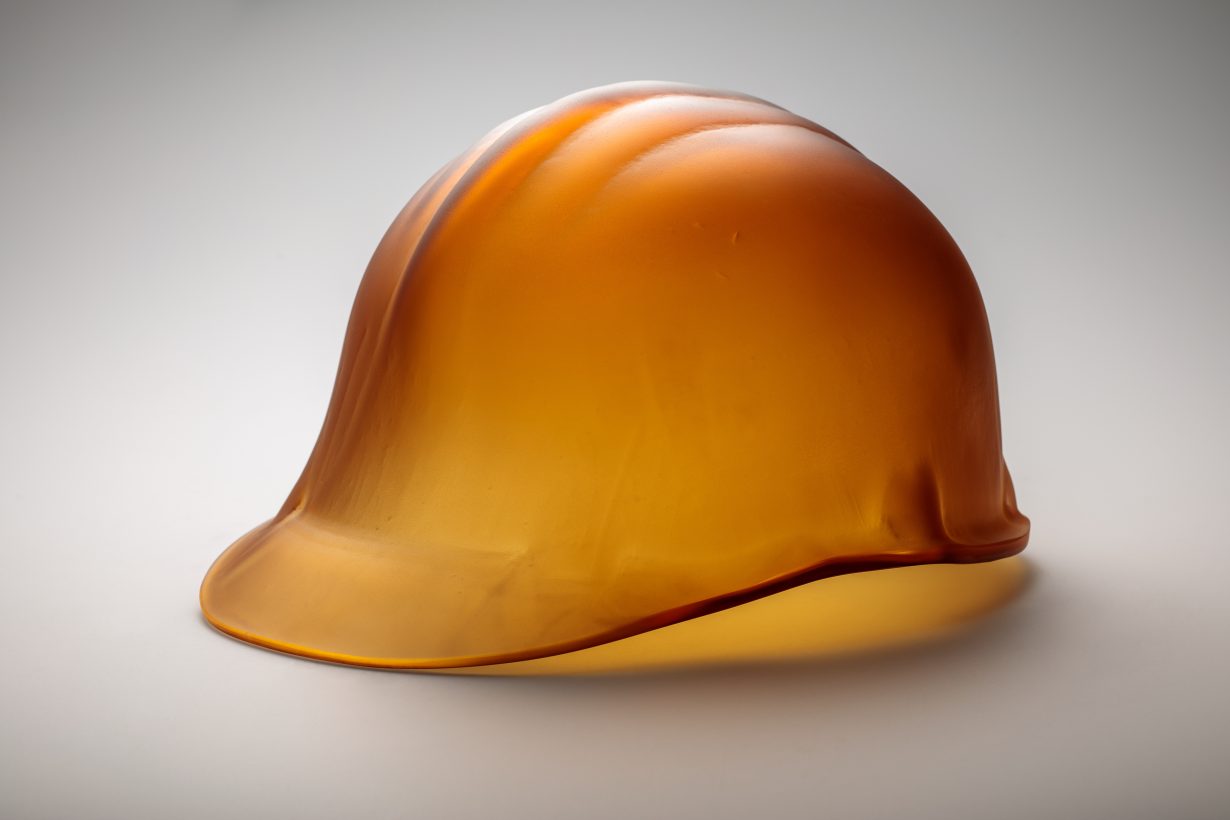





 베스트순위 월간 추천
베스트순위 월간 추천